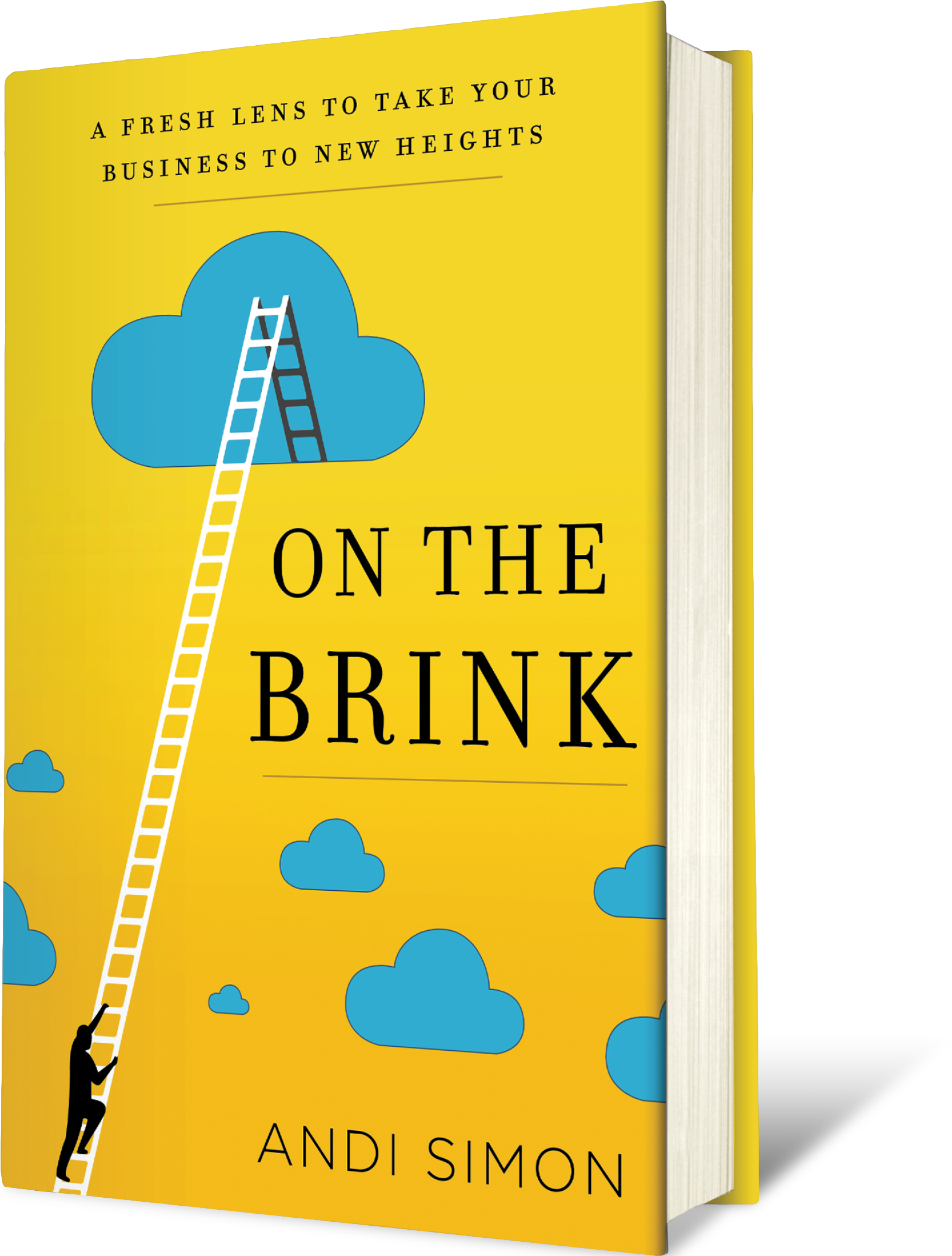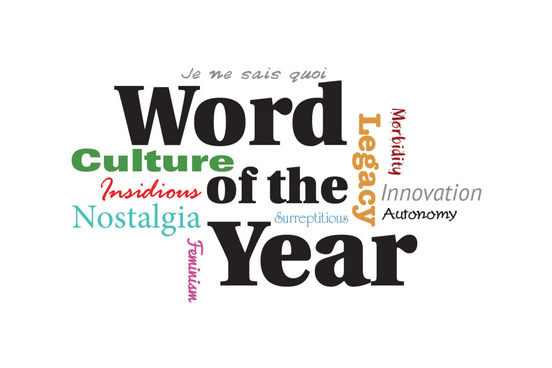“Culture” was named Word of the year: 2014 by Merriam-Webster Dictionary because it was looked up more than any other word. Two years later, it’s still on the tip of every C-suite tongue in America.
But why? What is it about “culture” that keeps everyone talking?
Josh Bersin says it so well in his Forbes.com article: “Culture is a big and somewhat vague term. Some define it as “what happens when nobody is looking.” For an organization,
“Culture is the set of behaviors, values, artifacts, reward systems, and rituals that make up your organization. You can ‘feel’ culture when you visit a company, because it is often evident in people’s behavior, enthusiasm, and the space itself.” Read more here.
You can indeed “feel” culture when you visit a company — whether that culture is good, growing or toxic is another story. The big, thorny question facing so many organizations right now is how to build a stronger, better culture that is right for the changing market environment and today’s new generation of employees.
Is that what everyone is searching for in the dictionary…the meaning of the word “culture”? How to better understand the culture of their organization and how to love it or change it — and change it to what?
Why should corporations care about culture?
But why now? Isn’t something like “culture” always important, for any group of people anywhere? Indeed. But right now, corporate America is facing a rash of issues that all boil down to culture, as well as an onslaught of generational and global trends that are pushing culture to the forefront.
In its “Global Human Capital Trends 2016” report, Deloitte says:
“Sweeping global forces are reshaping the workplace, the workforce, and work itself. After years of struggling to drive employee engagement and retention, improve leadership, and build a meaningful culture, executives see a need to redesign the organization.”
That redesign is not about the rituals or the meals that are served. It isn’t about how you hold a meeting or play ping pong at lunch. It is a deliberate, intentional effort to build the right culture that will internally thrive while enabling a business to compete even more effectively than it has — or hasn’t — in the past.
There are four main drivers of these culture changes:
- Demographic upheaval
- Technology everywhere — digital everything
- Speed in the exponential economy
- A new social contract between employer and worker
Bersin pulled back the curtain on this issue with succinct grace in 2015:
“We have a retention crisis. New Deloitte research shows that culture, engagement, and employee retention are now the top talent challenges facing business leaders. More than half of business leaders rate this issue ‘urgent’ – up from only around 20% [in 2014].”
What role does corporate culture actually play?
We know that humans thrive because of their ability to come together in groups that share common values, beliefs and behaviors. In business, these behaviors tend to fall into one of four major types of organizational style: collaborating clans, competitive market-driven cultures, creative innovative cultures and controlling hierarchical cultures. You can read more about these in Kim S. Cameron’s excellent book, Diagnosing and Changing Organizational Culture.
In an economy where seemingly everything is in flux, culture serves many roles. It is the glue that can hold a company together, the fuel that can propel it to further and continued success, and the magnet that can draw in new talent when that talent has seemingly endless opportunities.
If it were simple to build a strong corporate culture, no one would bother talking about it. But it’s actually quite difficult to know what a “strong corporate culture” is, much less how to create and nourish one. Most cultures emerge. If you don’t craft one deliberatly, people create one themselves. Why? Because throughout the ages, humans can only survive if there are rules, roles, beliefs and values to bond them together and separate them from others.
To this point, Punit Renjen, Deloitte Global CEO, says:
“An organization’s culture of purpose answers the critical questions of who it is and why it exists… A culture of purpose guides behavior, influences strategy, transcends leaders – and endures.”
So, if we can all agree that culture is important and that we need to build a strong one with a clear-cut sense of purpose, what should we be doing?
What I believe can set us on the right track is cultural and corporate anthropology, and that any organization looking to either identify, change or grow their corporate culture can get started with these three anthropological tools:
- Understand Your Current Culture: One of the most powerful methods for this is an online assessment tool developed at the University of Michigan by Kim S. Cameron and Robert E. Quinn called the Organizational Culture Assessment Instrument (OCAI). You can take this online at www.ocai-online.com; it takes only around 15 minutes for each individual. Used by more than 10,000 organizations worldwide, the OCAI assesses the existing culture of an organization and establishes a baseline to build from. Why is this important? Because you have to know where you are starting from in order to understand the steps needed to get you to where you want to go.
- Spend Time Hanging Out: Anthropology originated from the idea of observing participants in their natural environments. This works as well for an organizational culture as it does for any other culture. To get a better idea of what employees, customers and prospective customers see, feel and think on a typical day, I like to use a technique I call “Deep Hanging Out” (try the tool yourself). With permission, spend time observing as many people as possible in your organization. Take copious notes, and focus on “seeing and feeling” in new ways when you synthesize the information. Also, check out the CBS show Undercover Boss to see what kind of revelations and inspiration could be waiting for you.
- Create a Map: When I work with organizations on building culture, its leaders and I build a ChangeMap™ together. Real change needs reinforcement, and effective reinforcement needs a map to follow. Extensive research by Vital Smarts has shown that the difference between effective and ineffective change is the use of several sources to influence that change, not just one. In essence, if you want a change to stick, you have to get everyone involved, a point that I see proven true with clients over and over again.
Where to go from here?
If you want to feel really positive about your organizational culture, this is a great time to learn about the tools you can use to see your culture in fresh ways. Maybe even change it.
 In my new book, “On the Brink: A Fresh Lens to Take Your Business to New Heights,” there are several chapters that discuss how I applied this anthropological approach to different types of companies, enabling them to successfully change their culture to one that was responsive to today’s constantly-shifting business environment and employees’ evolving talents. Order your copy from Amazon today!
In my new book, “On the Brink: A Fresh Lens to Take Your Business to New Heights,” there are several chapters that discuss how I applied this anthropological approach to different types of companies, enabling them to successfully change their culture to one that was responsive to today’s constantly-shifting business environment and employees’ evolving talents. Order your copy from Amazon today!
Here is also one of our blogs on the topic you might enjoy:
Can Corporate Anthropology Help You See Your “Acres of Diamonds”?
Andi Simon
President
Simon Associates Management Consultants
www.andisimon.com




